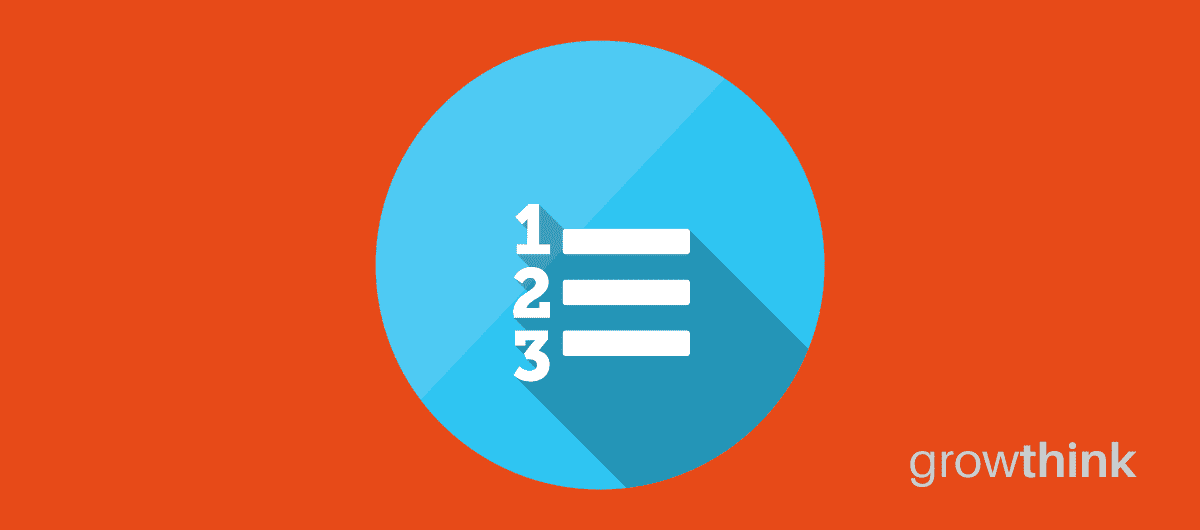As an entrepreneur or business owner, having a well-designed business plan is essential to the success of your company. However, traditional business plans can be lengthy and difficult to follow. That’s where the business plan canvas comes in – a simple and effective tool that helps you outline your business plan in a clear and concise way.
What is a Business Plan Canvas?
A business plan canvas is a one-page visual representation of your business plan. It is divided into nine key elements that describe your business, including customer segments, value proposition, channels, customer relationships, revenue streams, key resources, key activities, key partnerships, and cost structure.
The business plan canvas was first introduced in 2008 by Swiss business theorist Alexander Osterwalder, and has since become a popular tool used by entrepreneurs and businesses of all sizes. It allows you to quickly and easily communicate your business model to investors, employees, and other stakeholders. It includes 9 steps as follows and as detailed in the next section:
- Identify your customer segments
- Define your value proposition
- Choose your channels
- Establish customer relationships
- Determine your revenue streams
- Identify your key resources
- Define your key activities
- Choose your key partnerships
- Establish your cost structure
How to Finish Your Business Plan in 1 Day!
Don’t you wish there was a faster, easier way to finish your business plan?
With Growthink’s Ultimate Business Plan Template you can finish your plan in just 8 hours or less!
How to Create a Business Plan Canvas
Creating a business plan canvas is a simple process that involves the following steps:
1. Identify your customer segments
- Start by identifying the groups of people or businesses that you will be targeting with your products or services. These can include demographics such as age, gender, income level, and location, as well as psychographic factors such as values, interests, and behaviors.
2. Define your value proposition
- Your value proposition is the unique benefit that your products or services offer to your customers. It should clearly articulate why your business is different from your competitors and why your customers should choose you.
3. Choose your channels
- Channels refer to the different ways you will reach and interact with your customers. These can include online and offline marketing, advertising, social media, direct sales, and more.
4. Establish customer relationships
- Customer relationships refer to the ways you will interact with and support your customers. This can include customer service, technical support, loyalty programs, and more.
5. Determine your revenue streams
- Your revenue streams are the sources of income for your business. These can include product sales, subscription fees, advertising revenue, and more.
6. Identify your key resources
- Key resources refer to the assets and resources that your business needs to operate. These can include physical resources such as equipment and facilities, intellectual resources such as patents and copyrights, and human resources such as employees and partners.
7. Define your key activities
- Key activities refer to the processes and actions that your business must undertake to create and deliver value to your customers. These can include product development, marketing and advertising, and customer support, among others.
8. Choose your key partnerships
- Key partnerships refer to the relationships your business has with other businesses or organizations that help you create and deliver value to your customers. These can include suppliers, distributors, and technology providers.
9. Establish your cost structure
- Your cost structure refers to the costs and expenses that your business incurs to create and deliver value (products and services) to your customers. These can include fixed costs such as rent and salaries, and variable costs such as materials and supplies, among others.
Download Growthink’s Business Plan Canvas Template
Conclusion
Creating a business plan canvas is a simple and effective way to outline your business plan in a clear and concise manner. By focusing on the key elements of your business, you can quickly communicate your business model to investors, employees, and other stakeholders. Use this tool to help you clarify your vision, identify potential challenges, and develop a strategy for success.
While a business plan canvas is a solid way to quickly outline your business, having a complete business plan is imperative for raising funding, developing a financial model and ensure your business is strategically sound. So, don’t forget to also create a full business plan.
How to Finish Your Business Plan in 1 Day!
Don’t you wish there was a faster, easier way to finish your business plan?
With Growthink’s Ultimate Business Plan Template you can finish your plan in just 8 hours or less!
OR, Let Us Develop Your Plan For You
Since 1999, Growthink’s business plan consulting team has developed business plans for thousands of companies who have gone on to achieve tremendous success.
Click here to see how our professional business plan consultants can create your business plan for you.


 How to Write a Great Business Plan
How to Write a Great Business Plan 100 Business Plan Examples to Use to Create Your Plan
100 Business Plan Examples to Use to Create Your Plan The Perfect Business Plan Outline for a Great Plan
The Perfect Business Plan Outline for a Great Plan